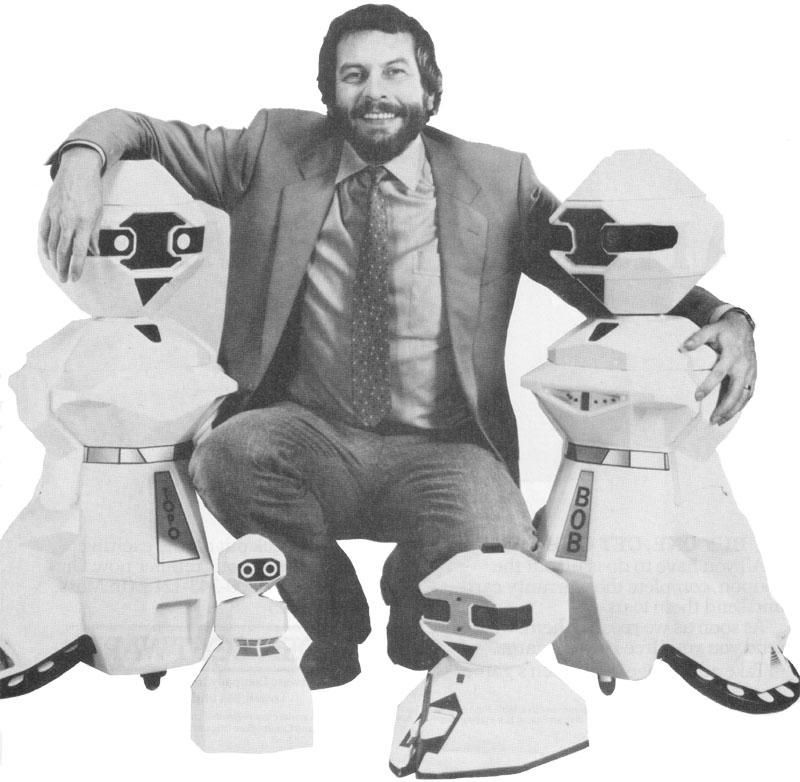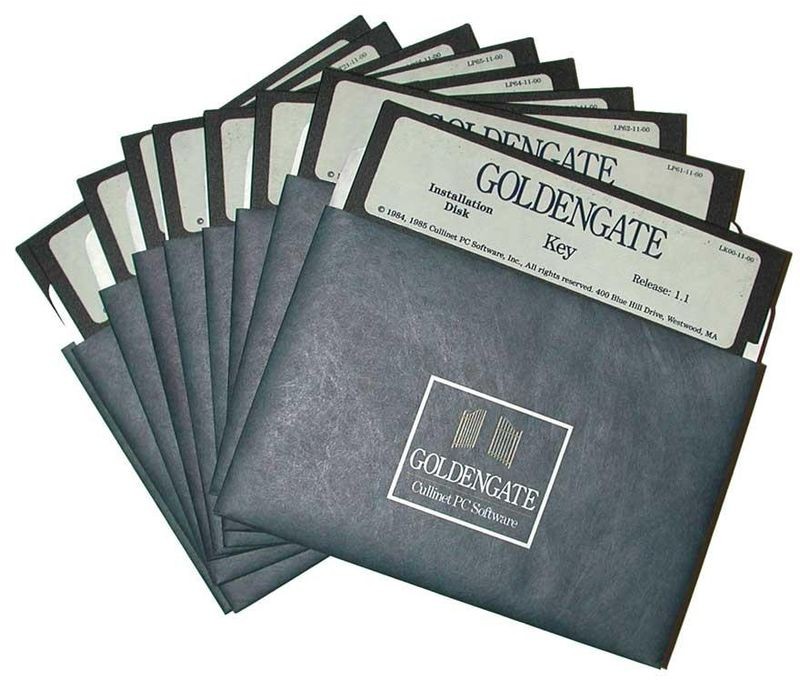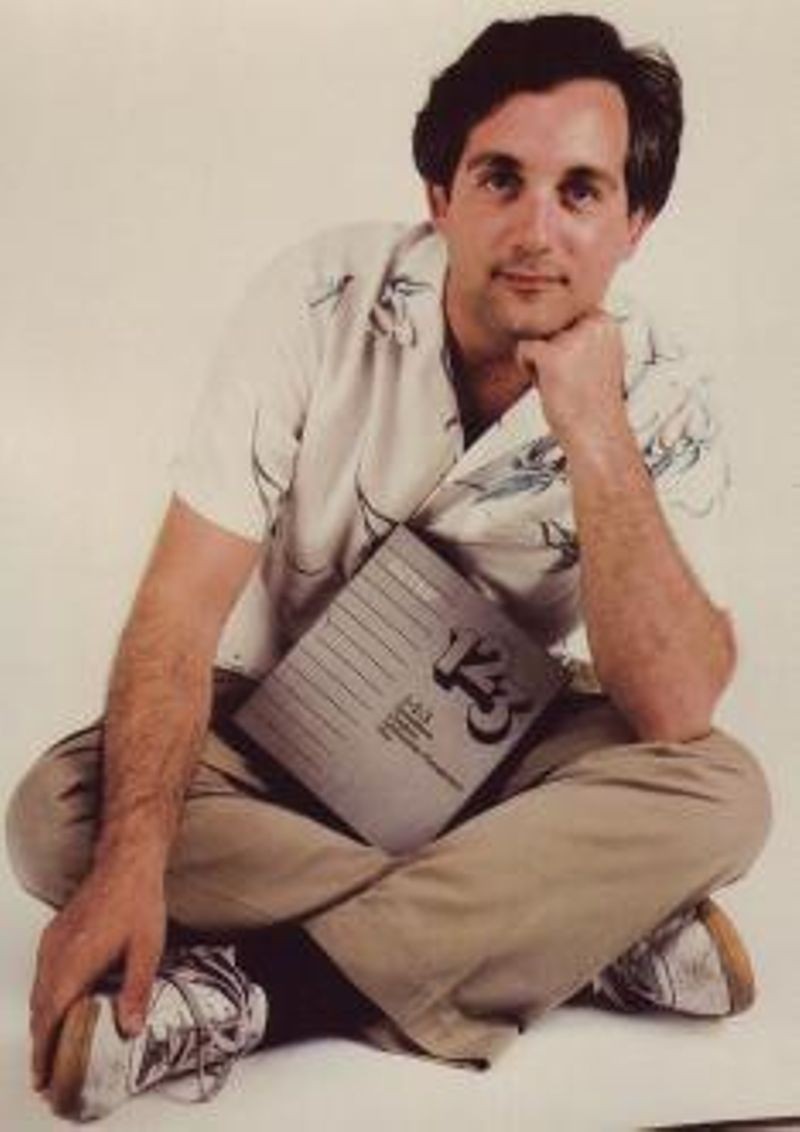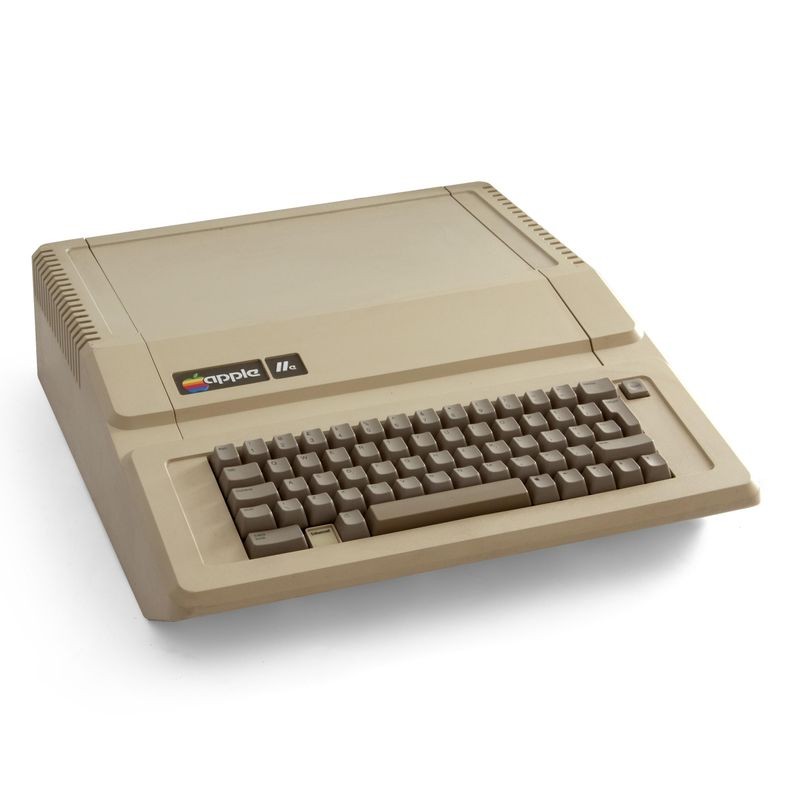
This is the third of five video releases of The Boston Computer Society (BCS) General Meetings, by the Computer History Museum (CHM). Be sure to check out CHM’s playlist of BCS videos here and learn more about BCS on @CHM.

Nolan Bushnell with Topo, Androman, Fred and BOB.
The year 1983 proved fascinating for the history of personal computing. The year wasn’t notable for any profound or game-changing new products (like the Altair 8800 in 1975, the IBM PC in 1981, or Mosaic in 1993). But 1983 was something of a Golden Age for personal computer consumers. New choices, rapid technology advancements, and ingenious innovations abounded like never before.
Back when the first ready-to-use home computers came to market in 1977, consumers could choose from three very good platforms: the Commodore PET, Apple II, or Radio Shack TRS-80. By 1983, entirely new alternatives were arriving. Some, like Sinclair’s $150 ZX81 and Apple’s $6,000 Lisa, fundamentally re-imagined what a personal computer could be. Others, such as Commodore’s ’64’ and Coleco’s Adam, were pushing the boundaries to advance the speed, performance and usefulness of home computers while making them dramatically more affordable. Meanwhile, IBM and Microsoft were launching their next-generation, “industrial strength” PC platform, built on Intel’s new 16-bit microprocessor technology.

Cullinet ICMS
The year 1983 was also great for business buyers of PCs. For the first time ever, management information system (MIS) departments could enjoy the benefits of having a reliable, widely adopted standard for corporate desktop computing, thanks to the rise of the IBM PC and Microsoft MS-DOS. The IBM PC—along with all the dependability, durability and superb service that had made IBM famous—was now making it much easier for MIS managers to get funding to buy large numbers of desktop PCs. At the same time, Microsoft’s licensing of MS-DOS to other hardware companies was laying the foundations for a new industry of aggressively priced, innovative IBM PC clones.

Mitch Kapor and Lotus 1-2-3
Another important area of innovation in 1983 was in business application software. Business software for personal computers was becoming more reliable, powerful, and easier to use. What had once been a casual aftermarket of cheap cassette tapes stuffed into Ziploc sandwich bags was morphing into a serious industry in its own right. In fact, software applications were becoming a central force driving hardware sales into business. Corporations were spending tens of millions of dollars on personal computer systems just to run $199 software packages. A new suite of “must have” business applications was starting to join VisiCalc, the original personal productivity application (for which the term “killer app” was coined). These new business essentials included dBase III and WordPerfect. Further fueling the mainstreaming of personal computers into business were venerable mini and mainframe software companies, like Cullinane and Oracle. In 1983 these corporate stalwarts were porting their iconic minicomputer applications to the PC.
With innovation bursting out on so many fronts, 1983 was a very exciting year at The Boston Computer Society (BCS). At our monthly General Meetings, we aimed to introduce what we believed would be the most important, impactful new products of the day. With so much happening that year, this was not easy. In the end, we chose to feature 10 products in 1983.

Apple IIe
The original Apple II had been the gold standard for personal computing in education and the home since 1978. But by 1983, it was losing its luster—especially compared to newer systems like the IBM PC and Atari 800. The Apple IIe borrowed a lot of the work from the failed Apple III to make a lighter, faster system with an 80-column display and much-improved keyboard.
The Apple Lisa presaged the future of the user interface for all personal computers. Its vision was to shorten dramatically the learning curve for software applications; eliminate the sprawling, cryptic command languages needed to operate a computer; and render hefty user manuals completely obsolete. Lisa would replace the dreaded manuals and command codes with a crisp, elegant CRT display, visual desktop icons, and a simple point/click device.
Cambridge-based entrepreneur Mitch Kapor had played a key role in the success of VisiCalc, creating its VisiPlot and VisiTrend modules. But he recognized that he could create an entirely better spreadsheet experience by starting over from scratch. He invented 1-2-3 to integrate spreadsheet, database, and graphing functions seamlessly on the IBM PC, while developing a more intuitive user interface.
Industry pioneer Dr. Gary Kildall, inventor of CP/M, came to the BCS to introduce the educational programming language Logo to PCs.
The Radio Shack TRS-80 Model 100 was history’s first notebook-sized tablet computer. Decades ahead of its time, it featured: instant booting, 20-hour battery life, telecom, address book, calendar, and to-do list app. The Model 100 firmware was co-developed by Microsoft founder Bill Gates.
The company that invented prepackaged software for mainframes in 1968 came to the BCS in 1983 with its vision of the future: a world where desktop PCs, minicomputers, and mainframes would all work together seamlessly. Cullinet’s Information Center Management System (ICMS) was a suite of products that enabled PC users to access, analyze, and report on corporate financial, manufacturing, and operational data.
Insert caption here..
Androbot’s BOB—the world’s first personal home robot—was the brainchild of Atari founder Nolan Bushnell. Bushnell envisioned BOB and provided the first step toward a future of robotic home servants, akin to the Jetson’s effusive, cybernetic maid Rosie. (One limitation you’ll learn about in the video is that BOB wasn’t quite yet up to handling stairs. Thus, the company recommended that everyone buy two BOBs: one for upstairs and one for downstairs.)
Coleco was a successful video game company in 1983 with a new idea for a “must have” home computer. Priced at only $595, Coleco’s Adam had its own built-in, letter-quality printer. Right out of the box, students could immediately use Adam for writing term papers... while getting a great video game console as part of the deal.
Timex/Sinclair was a joint venture of British inventor Clive Sinclair and American watchmaker Timex. Its mission was to create and market ultra-low-cost, high-quality home computers. The 1500 was the third generation of the original Sinclair ZX80, offering a fully powered system for just $80. The 2068 added color, ROM cartridges, and other features to be more competitive with video game consoles.
Hewlett Packard’s HP-150 was a compact MS-DOS machine with a twist: a touch-screen display. As with the point-and-click mouse interface that Apple was introducing with Lisa, HP-150 users could touch items on the screen to select and manipulate them.
As you can see in the videos, each product was important for different reasons. Some—like the Androbot, Apple Lisa, HP-150, and Radio Shack Model 100—were truly prescient and visionary, but way ahead of their time. The technology of 1983 had not yet advanced enough to deliver on its promise. Eventually, all faded into obscurity. Others (including the Coleco Adam, Cullinet ICMS and DR Logo) were very strong ideas targeting important needs. But each of these suffered from poor execution.
Of all of the personal computing products we saw in 1983, one represented the zeitgeist of a new era dawning: Lotus 1-2-3. By the end of 1983, the most important customer for personal computer companies was no longer the individual consumer. It was the corporate MIS department. Lotus understood deeply the frustrations and challenges that MIS managers were facing in rolling out personal computers and served them brilliantly. Sales of 1-2-3 briefly made Lotus the largest software company in the world, eclipsing even Microsoft. Newly empowered MIS managers, now controlling the lion’s share of PC spending, had the most demanding needs and the largest budgets among PC buyers. MIS managers would shape and define much of personal computing’s agenda for the next 20 years to come. It would not be until the early 2000s that individual consumers would regain their influence over the industry’s evolution and innovation.
The Computer History Museum is releasing 21 historic, newly digitized films from its media archive featuring General Meetings of the Boston Computer Society (BCS). The videos will be released in batches as part of a unique playlist on the Museum’s YouTube channel, beginning in fall 2015.
BCS, active in the 1980s and 1990s, was the world largest personal computer user organization, with more than 32,000 members in all 50 United States and 40 countries. General Meetings took place monthly and featured an industry luminary unveiling a major new product or new research. Unlike industry conferences, BCS provided a forum for direct dialog between industry leaders and end-users. The meetings were followed closely by the national news media; the media came to see the meetings as a key early barometer of end-user response to new products and ideas. Their importance helped draw the top speakers. BCS was founded by Jonathan Rotenberg.